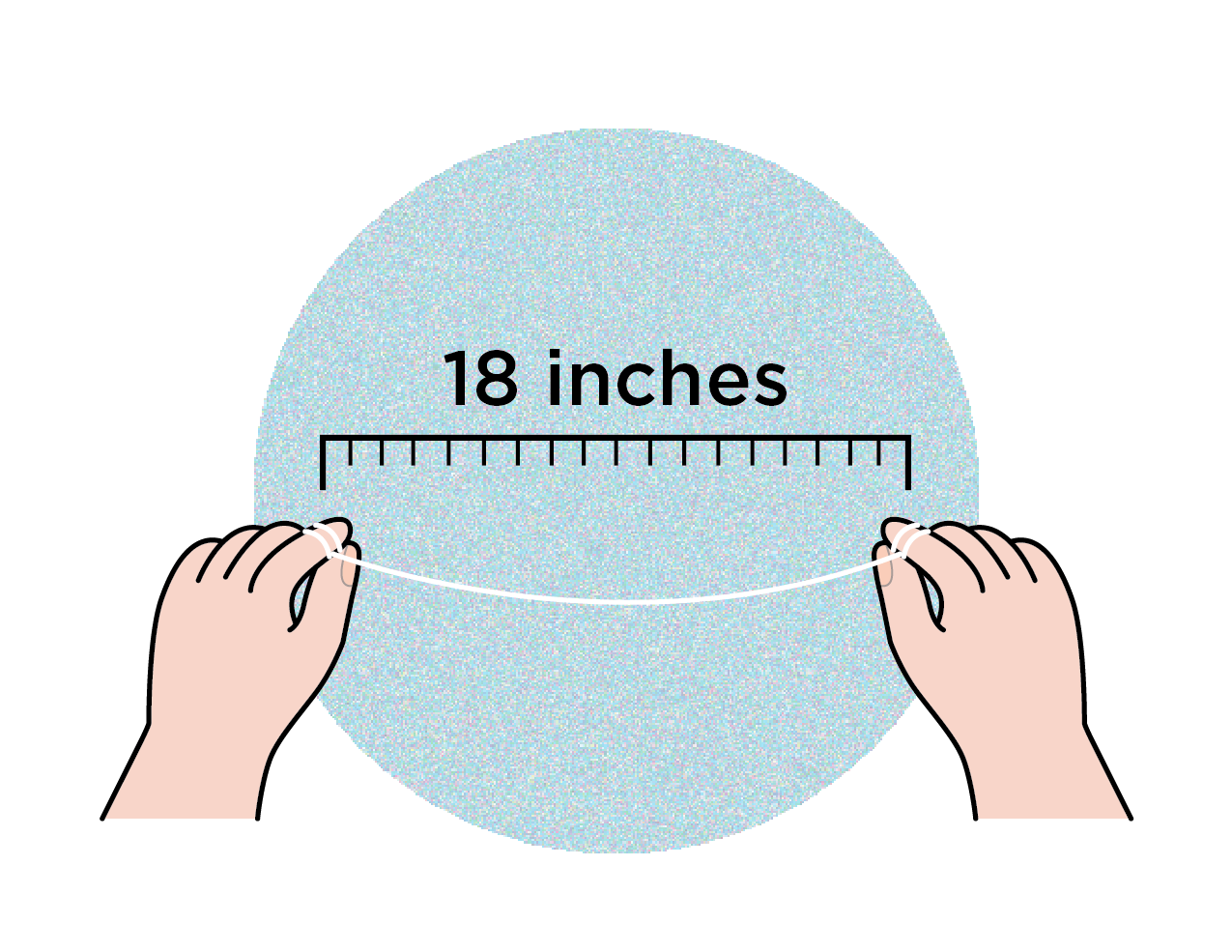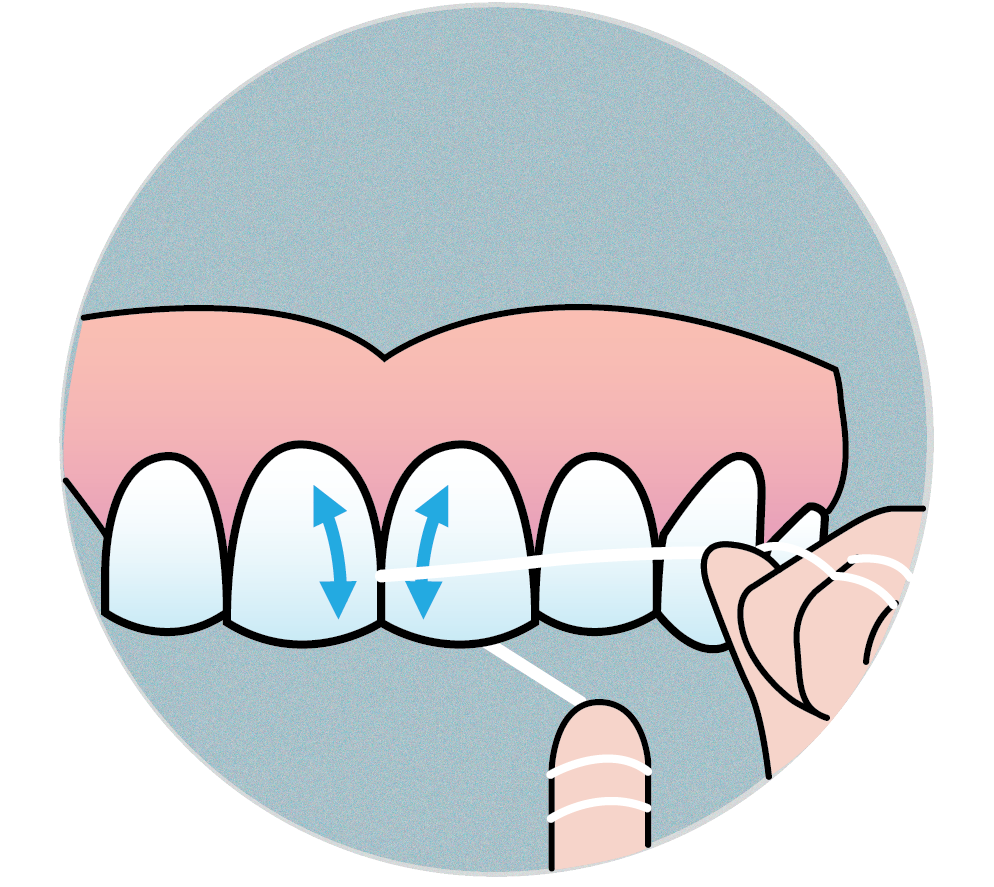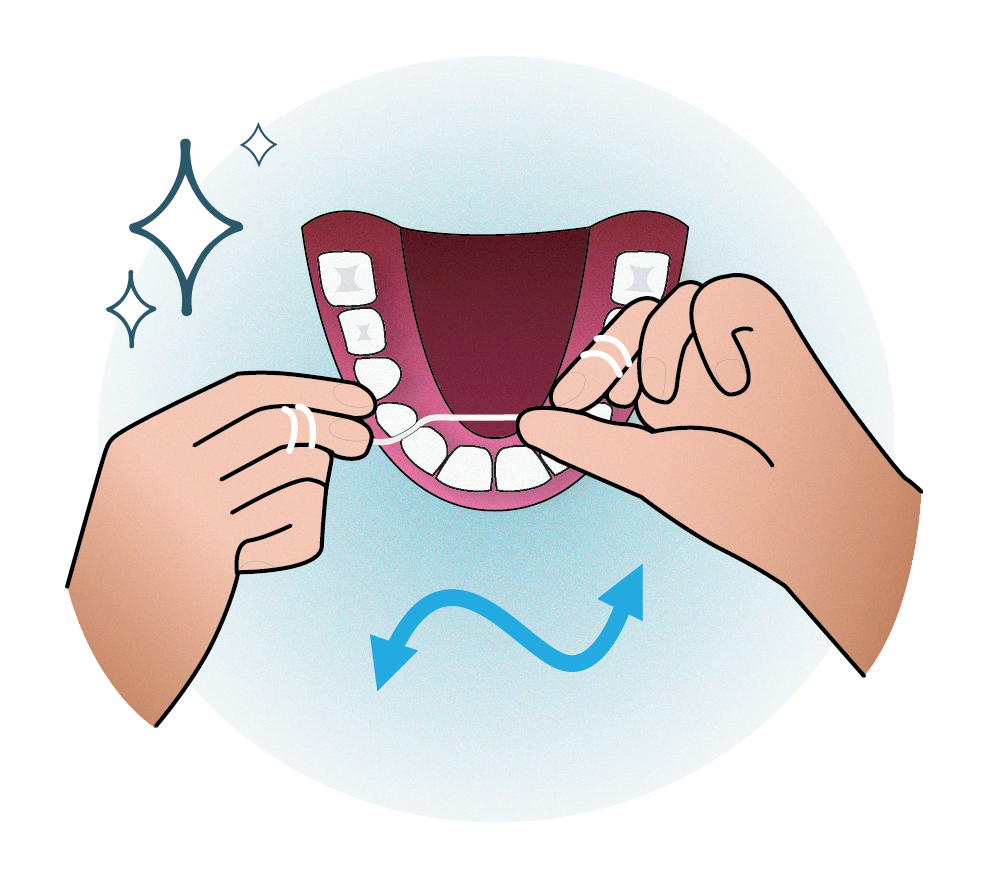We’ve all been told how important flossing is by our dentist and dental hygienist. Brushing our teeth does not remove build-up or bacteria between our teeth. We need floss for those hard-to-reach places.
Flossing pro tip: the sides of teeth are not flat – they are rounded. When we floss, we need to gently wrap the floss in a C-shape to clean both sides of each tooth.
What else can we do to make sure our flossing is effective in removing plaque and cleaning all of our tooth surfaces, including those that we miss when brushing?
To make sure you’re getting all of the benefits of flossing, avoid these 5 mistakes:
- Quitting because of gums bleeding: Flossing might cause gums to bleed if you have not flossed for a while or aren’t flossing regularly. Plaque and tartar building up between teeth and under the gums causes inflammation which leads to bleeding. After properly flossing for a couple of days, your gums will become healthier. If your gums continue to bleed after a week or two of consistent flossing, make an appointment with your dentist to check for other causes.

- Not using enough floss: If you use too short of a piece of floss, you won’t be able to clean around your teeth properly. Remember from our tip earlier that you should be able to form a C-shape. The American Dental Association recommends using a minimum of 18 inches of floss. Using this amount, you can wrap the floss loosely around your middle fingers and still have enough to pinch between your thumb and index fingers and control the floss as you clean each tooth surface.

- Not flossing both sides of your teeth: Follow the shape of the tooth while flossing both sides to clean all surfaces and remove plaque.
- Pulling or pressing floss into your gums: When floss is not in the C - shape, you can accidentally pull or push it into your gums. This can cause cuts or tears in the gums that can create pain and other issues. Flossing should not be uncomfortable or cause injury to your gums.

- Only flossing some of your teeth and skipping others:
Which teeth should you brush and floss?
Only the ones you want to keep!
When you can feel or see a piece of food stuck between your teeth, you may use a toothpick or a bit of floss to quickly remove it. However, your regular routine should include flossing every single tooth.
Create a system as you work through your mouth so that no teeth are missed. Be thorough when flossing!
Also, make sure to visit your dentist on a regular basis to ask questions, address issues and get the best guidance when it comes to the unique needs of your smile.
This information in this post is for general educational purposes only and does not warrant or represent any information as related to health as specifically appropriate for you. It is not intended to be medical advice or replace the relationship that you have with your health care providers. You should always seek medical advice on any diagnosis or treatment from a qualified health care provider. The information is provided “as is” without any representations or warranties, express or implied.






